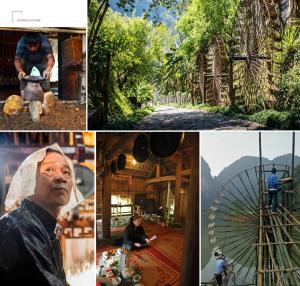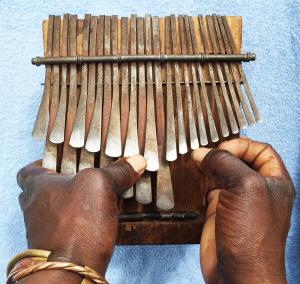The oral traditions in Kumbasa Village represent a valuable aspect of Indonesia’s cultural heritage, passed down from generation to generation. As a cultural practice, oral tradition is an integral part of the community and continues to live alongside its people. The values embedded within oral traditions—religious, moral, and cultural—serve as guiding principles in daily social life.
In Kumbasa Village, oral tradition is closely linked to customary rituals. During these rituals—such as balia, mompaura, novatiaka, novunja, and others—oral narratives are recited as an essential component. In the past, oral traditions were not limited to traditional ceremonies but were also performed during communal celebrations such as weddings, thanksgiving events, and more. However, with the dynamic changes in modern society, these traditions are now predominantly preserved within the context of customary rituals.
Customary rituals and oral traditions are deeply interconnected. Although oral traditions in Kumbasa are primarily expressed through ritual practices, they face unique challenges. Research indicates that while some forms of oral tradition remain active, others are on the verge of extinction.
Generally, oral traditions function as prayers to the Creator, asking for the smooth execution of rituals, the fulfillment of ceremonial intentions, and to bring joy to participants through songs and chants that also serve as entertainment. As long as customary rituals continue to be practiced, oral traditions will have a space to survive—and vice versa.
Equally important are the practitioners of these oral traditions. They are the cultural bearers of the village, and today, they can be categorized into three generations: elders, middle-aged adults, and youth. Each generation faces its own set of challenges. To ensure intergenerational connection and collaboration, a comprehensive plan for the development and preservation of Kumbasa's oral traditions is necessary. Moreover, these oral traditions deserve greater recognition and should be considered for designation as Intangible Cultural Heritage.
05-01-2025
| Institutional and human capacities | Oral tradition is an integral part of traditional ceremonies. This knowledge is passed down from generation to generation within families. In Kumbasa Village, oral tradition is a complex cultural element characterized by distinctive features, particularly the use of recited verses that are tailored to specific situations. | |
| Transmission and education | The oral traditions in Kumbasa Village are an ancestral heritage passed down through generations. There are 24 known types of oral traditions in the village; however, only 9 have been successfully documented so far. These include keyori, tombilo, toronjaka, kanara, sede, jalili, ndolu, mompaova, and gane. These oral traditions are typically performed during various customary ceremonies, such as balia (healing ritual), mompaura (ritual to ward off misfortune), novatiaka (thanksgiving for childbirth), novunja (harvest celebration), and others. The transmission of these oral traditions occurs informally, passed down from one generation to the next through communal and family-based practices. Currently, there are four generations of oral tradition bearers in Kumbasa Village: the elders, middle-aged adults (parubaya), teenagers, and children. The Tana Sanggamu Foundation uses various media, including documentary films and traditional music, to promote the oral traditions of Kumbasa Village. Our organization produced a short documentary film titled Senandung Bunga dari Bulukadia (2022) as part of this effort. | |
| Inventorying and research | he Oral Tradition of Kumbasa Village (A Qualitative Descriptive Study on the Oral Tradition Culture of the Community in Kumbasa Village, Sindue Subdistrict), conducted by the Tana Sanggamu Foundation in 2022. This research is part of the Tutur Project (Documentation of Oral Tradition Maestros in Kumbasa Village), which is funded by the Ministry of Education, Culture, Research, and Technology of the Republic of Indonesia. | |
| Policies as well as legal and administrative measures | 1. Law No. 5 of 2017 on Cultural Advancement: a) Recognizes oral tradition as one of the ten cultural objects that must be protected and preserved; b) The law emphasizes the need for activities like inventorying, safeguarding, maintaining, and rescuing these traditions. c) Other cultural objects covered by the law include manuscripts, customs, rituals, traditional knowledge, traditional technology, arts, language, folk games, and traditional sports. 2. Intangible Cultural Heritage (ICH) Recognition Program: a) The Ministry of Education, Culture, Research, and Technology (Kemendikbudristek) annually conducts the ICH recognition program to protect Indonesia's oral traditions; b) In 2022, 1,728 out of 11,706 reported oral traditions were officially recognized as ICH. | |
| Role of intangible cultural heritage and its safeguarding in society | The role of intangible cultural heritage, such as oral traditions in Kumbasa Village, is crucial in preserving societal values and identity. These traditions, passed down through generations, serve as guiding principles in daily life, promoting religious, moral, and cultural understanding. While primarily expressed through customary rituals, oral traditions contribute to social cohesion, education, and community celebration. However, they face challenges due to modernization, which threatens their survival. Safeguarding these traditions ensures the continuity of cultural practices, fostering intergenerational connections and preserving community heritage for future generations. Recognizing oral traditions as Intangible Cultural Heritage is key to their protection and appreciation. | |
| Awareness raising | By increasing awareness about the cultural significance of these traditions, communities can better understand their value and the importance of safeguarding them. In Kumbasa Village, raising awareness among the younger generation and broader society helps ensure that oral traditions are respected and passed on. Educational programs, cultural events, and media campaigns can highlight the relevance of these traditions in modern society. Furthermore, recognizing oral traditions as part of national and global heritage encourages local communities, government agencies, and cultural institutions to invest in their preservation. | |
| Engagement of communities, groups and individuals as well as other stakeholders | In Kumbasa Village, involving community members—such as elders, middle-aged adults, and youth—in the practice and transmission of oral traditions ensures intergenerational knowledge transfer. Engaging local leaders, cultural practitioners, and educational institutions helps foster a collective responsibility toward safeguarding these traditions. Additionally, collaboration with stakeholders such as government agencies, cultural organizations, and non-governmental organizations (NGOs) can provide resources, support, and platforms for raising awareness and promoting the significance of these traditions. This collaborative effort strengthens the protection and sustainability of cultural heritage for future generations. | |
| International engagement | NA | |
| References |
|
|

.jpg)
.jpg)
.jpeg)
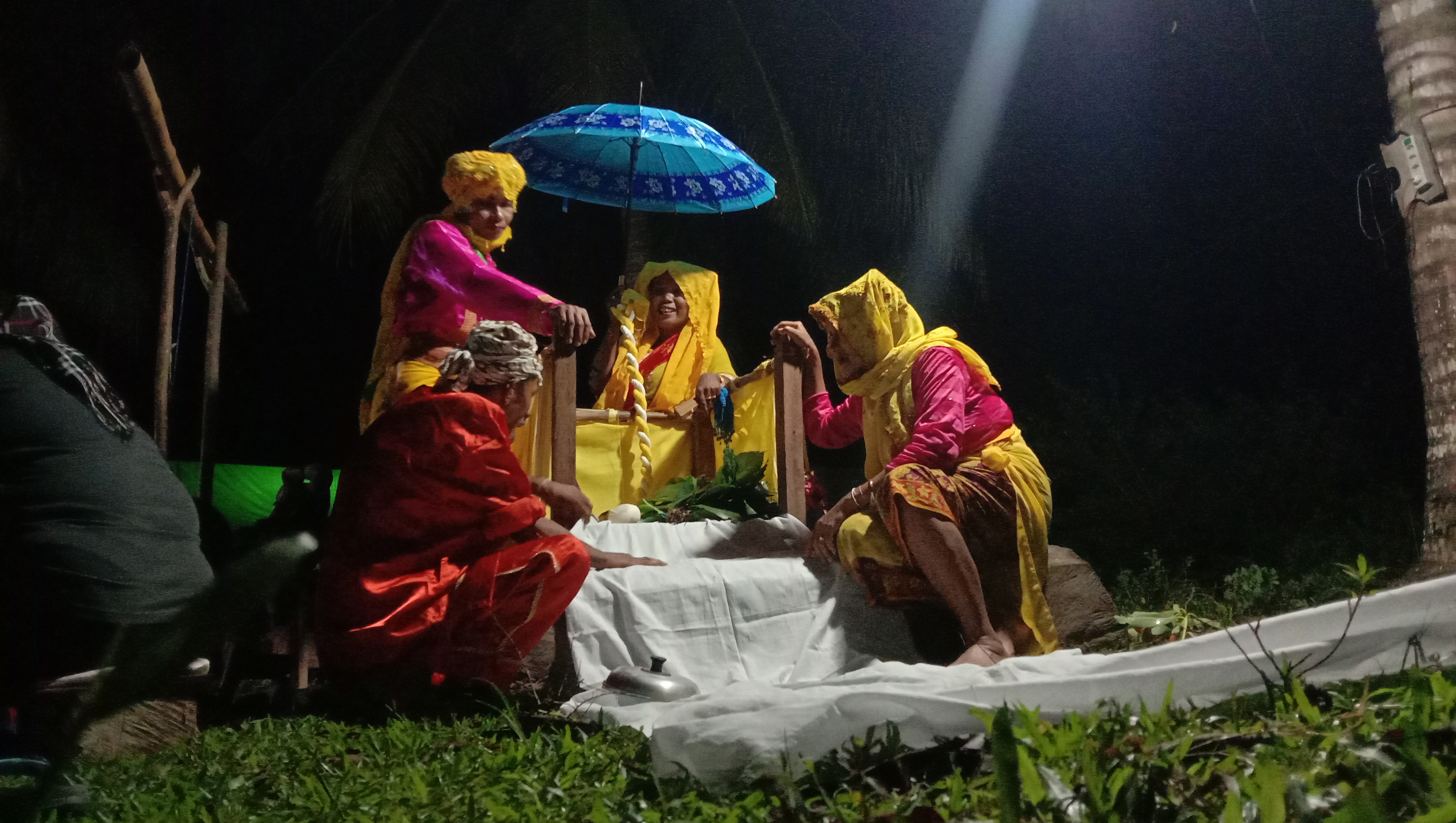
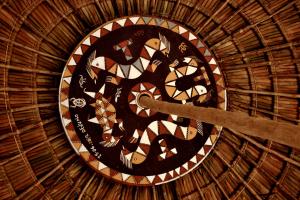
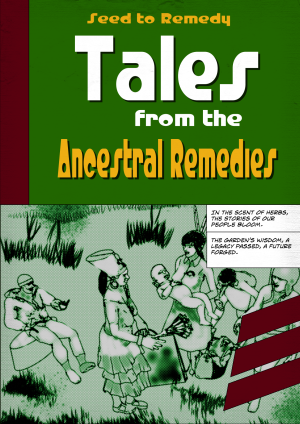
.jpeg)
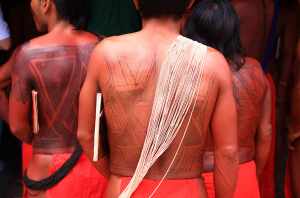
.jpg)
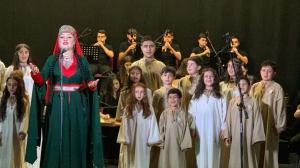


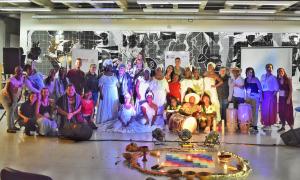
.png)
.jpg)















_(31711258567).jpg)

















